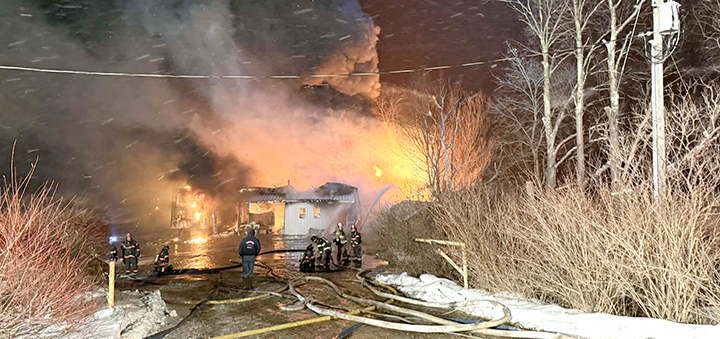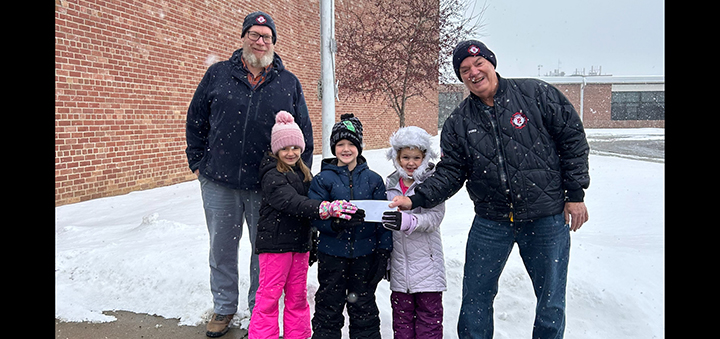Catholic Charities fighting homelessness in Chenango
NORWICH – In urban areas, evidence of homelessness can be found on street corners and in alleyways, bus stations and shelters. That’s not the case in rural areas like Chenango County, but that doesn’t mean the problem doesn’t exist.
“Homelessness doesn’t look the same here,” explained Gary Quarella, director of Community Outreach Programs for Catholic Charities of Chenango County. Quarella is spearheading the Homelessness Prevention and Rapid Re-housing Program (HPRP). The initiative, which was rolled out this week, is being funded with $1.6 million in federal stimulus money allocated through the New York State Office of Temporary and Disability Assistance.
While many area residents may be unaware of the prevalence of homelessness in Chenango County, Quarella is well aware of its implications. Prior to assuming his current duties at Catholic Charities, he worked with Opportunities for Chenango, where he was actively involved with the Chenango Housing Council, a group of area agencies which has been focusing on housing-related issues for the last 15 years.
“I know what homelessness looks like,” said Quarella, explaining that Chenango’s homeless population includes families and individuals who tent at local campgrounds during the summer, live in campers and RVs and those who are “couch hopping” among friends and family.







Comments